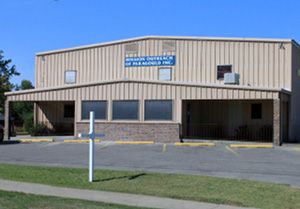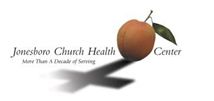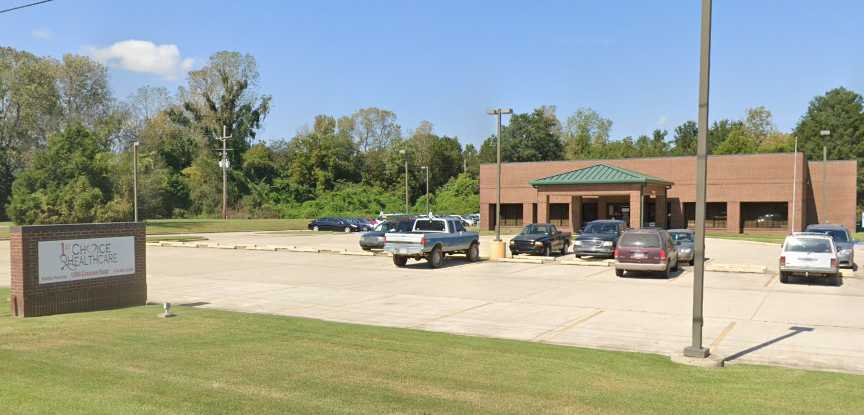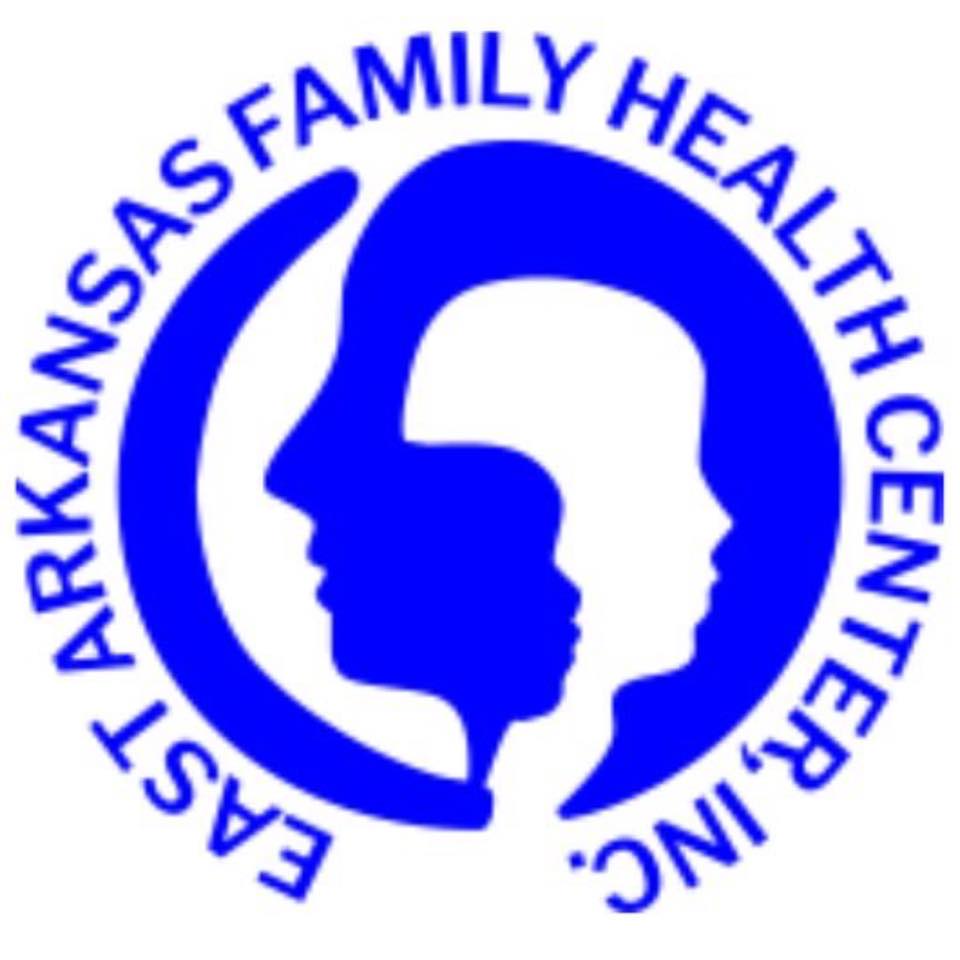About Mission Outreach Charitable Clinic
In order to get more information on this clinic, click on the icons below. You may be required to join for free in order to access full contact information.
Our facility is a sixty bed homeless shelter for a six county region in Northeast Arkansas. We also operate a full-time soup kitchen that serves three meals a day, year round, and a full-time food pantry that distributed over forty-eight hundred food boxes in 2012. Another crucial part of our mission is our Charitable Medical Clinic, which offers medical treatment to individuals who have no health insurance and thus have no access to healthcare.
Mission Outreach of NEA, Inc. in partnership with Arkansas Methodist Medical Center provides basic medical services to those who otherwise have no access to healthcare. The clinic is staffed completely by volunteer physicians, nurses, pharmacists, lab technicians and other professionals. It is open from 6 PM - 9 PM on each first and third Thursday of each month. Our charitable medical clinic has a fully stocked pharmacy on-site and fills prescription at no cost to individuals. Eligibility requires that an individual have no form of health insurance, including Medicaid and Medicare.
Since this is a sliding fee scale clinic, we have provided the Federal Poverty Guidelines below. Visit the Mission Outreach Charitable Clinic website listed above to see what the level is needed for free care.
Federal Poverty Guidelines for 2023
| Persons In Family Household | Poverty Guideline Salary per year |
|---|
| 1 | $14,580 |
| 2 | $19,720 |
| 3 | $24,860 |
| 4 | $30,000 |
| 5 | $35,140 |
| 6 | $40,280 |
| 7 | $45,420 |
| 8 | $50,560 |
For Households with more than 8 persons, add $4,480 for each additional person.
*Alaska and Hawaii have different rates for HUD federal poverty guidelines.
These numbers above represent 100% of the Federal Poverty Rate. In order to get reduced or free services from some clinics, they use a sliding fee scale based on your income.When they use a sliding fee scale, the 100% rate can be different than 100%. In those cases, using for example a 200% federal poverty level, you will only need double the 100% number listed above to 200%.





